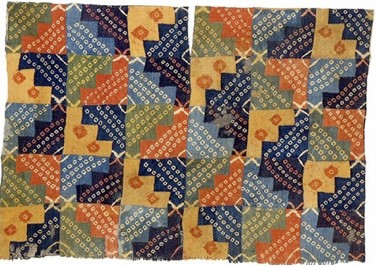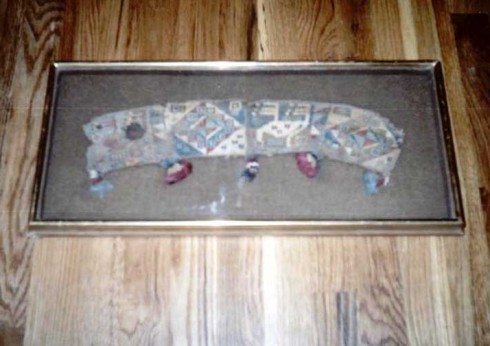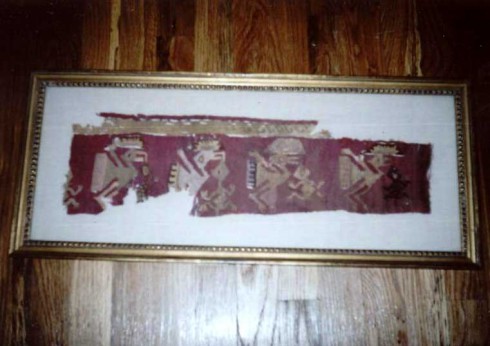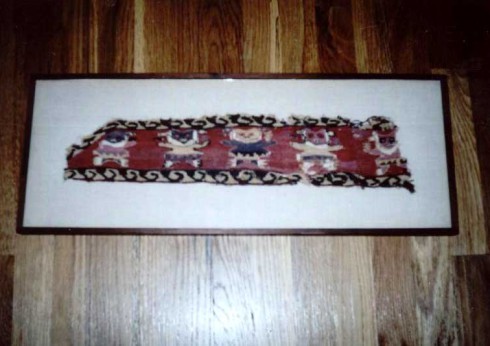The Peruvian Rug

THE PERUVIAN RUG - When textiles took on a central communicative role in the culture.
Archaeological evidence suggests that Peru is home to the longest continuous history of textile production in the world. Fiberwork unearthed in the country’s prehistoric coastal caves has been estimated to be nearly 10,000 years old, easily making it the oldest intact evidence of weaving ever found. What’s even more remarkable than the age of the fiber is the age of the tradition: comparing patterns and weaving techniques, archaeologists now believe that the tradition used to create the original Peruvian cave fibers has been passed intact through generations to the present day, surviving the rise and fall of civilizations, evolving slowly, assuming new symbolic language, but never completely losing its original form.
It is a remarkable feat of historic survival; crossing the divide not only between generations, but between a wealth of Pre-Colombian Peruvian cultures—from the Chavin, to the Paracas, to the Nazca, to the Huari—the Peruvian weaving tradition then withstood the violent and tragic Spanish conquest of the 15th century. The Spanish, who saw no value in the cultural or artistic beauty of anything but Peru’s raw materials, threatened to break the continuity of Peruvian culture completely. But even as Pre-Colombian civilization collapsed, its central artistic tradition failed to die; the weaving tradition passed unbroken, one generation to the next, to the present day.
Today, and for the past century, Peruvian rug-making has been enjoying a significant renaissance. Drawing on traditional Pre-Colombian patterns, and employing the same weaving techniques that have been in continuous use for centuries, the Andean peoples, particularly women, now produce their native rugs for the international market, as they have done since the early 20th century.
The rugs are famous for their use of local materials, in particular the superlative Alpaca "wool" of the Andes. Used extensively in Peruvian weaving, the fiber is smoother and tougher than wool, known for its luster, softness, and remarkable durability. Significant to the task of weaving, alpaca fiber packs a natural elasticity that makes it wonderfully pliant and beautifully suited to the loom.
In terms of design, too, the Peruvian weaving tradition is a visually striking one, defined by brilliant color and abstract symbolic design. It found what was perhaps its most developed expression in the 13th century, during the reign of the Inca, who upheld textile art above even gold as the centerpiece of its culture, economy, and religion. The Inca’s finest textiles, among them the majesterial rugs created for public ceremony and display, were richly symbolic, explicit, at once haunting and strangely whimsical. The sensibility is preserved among traditional weavers today.
Weaving in Peru is a language as much as it is an art, and for Pre-Colombian peoples without any written language, textiles took on a central communicative role in the culture. In a way rarely seen in the textiles of the world, Peruvian rugs often communicate histories, power dynamics, and relationships between people, their gods, and their world. Classic motifs such as the mayu (river), the into (sun), unnamed references to the stars, and the vast and mythic Andes mountains lend Peruvian rugs a uniquely sacred, quietly profound quality that is gaining more and more attention from the world.

Peruvian

Peruvian

